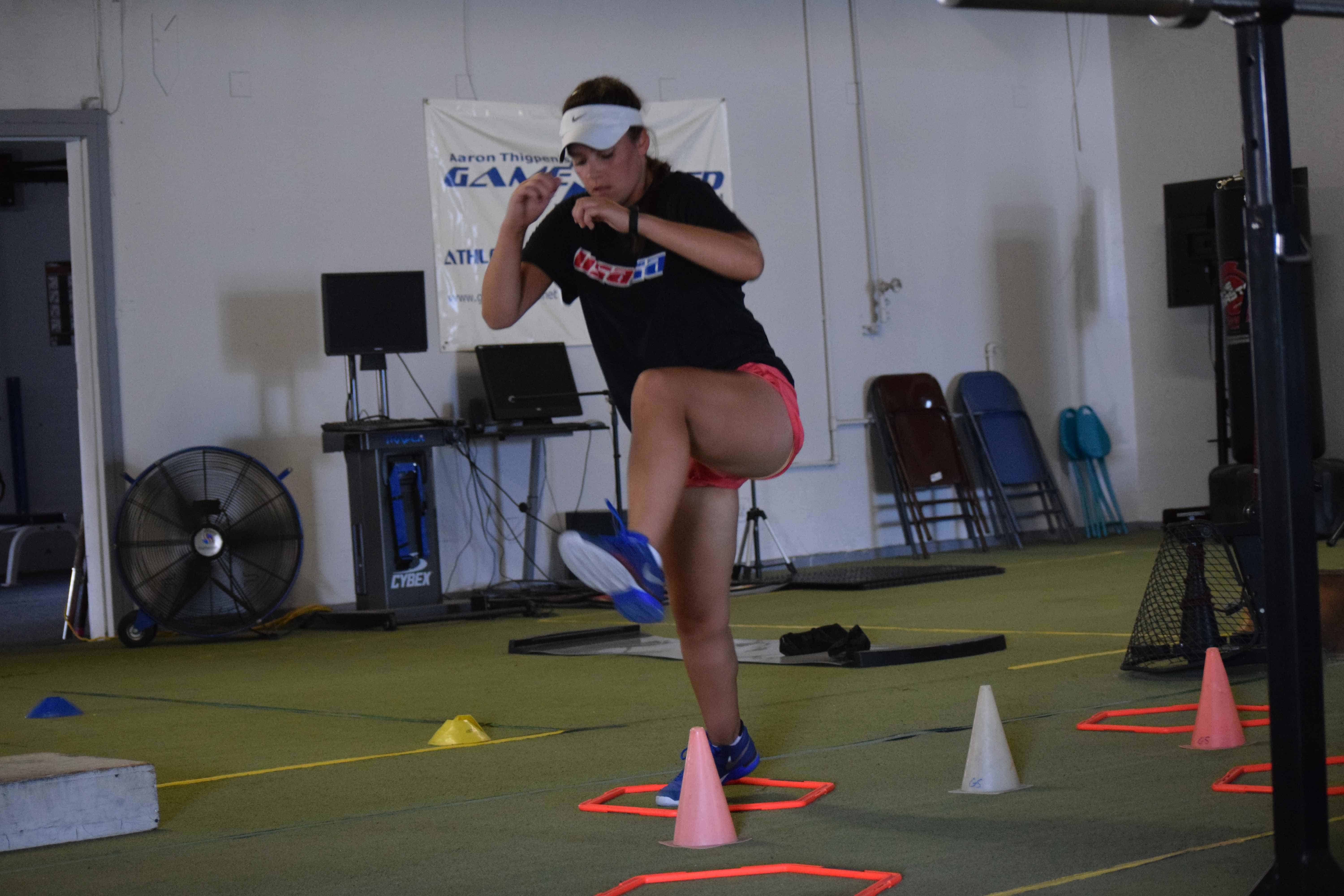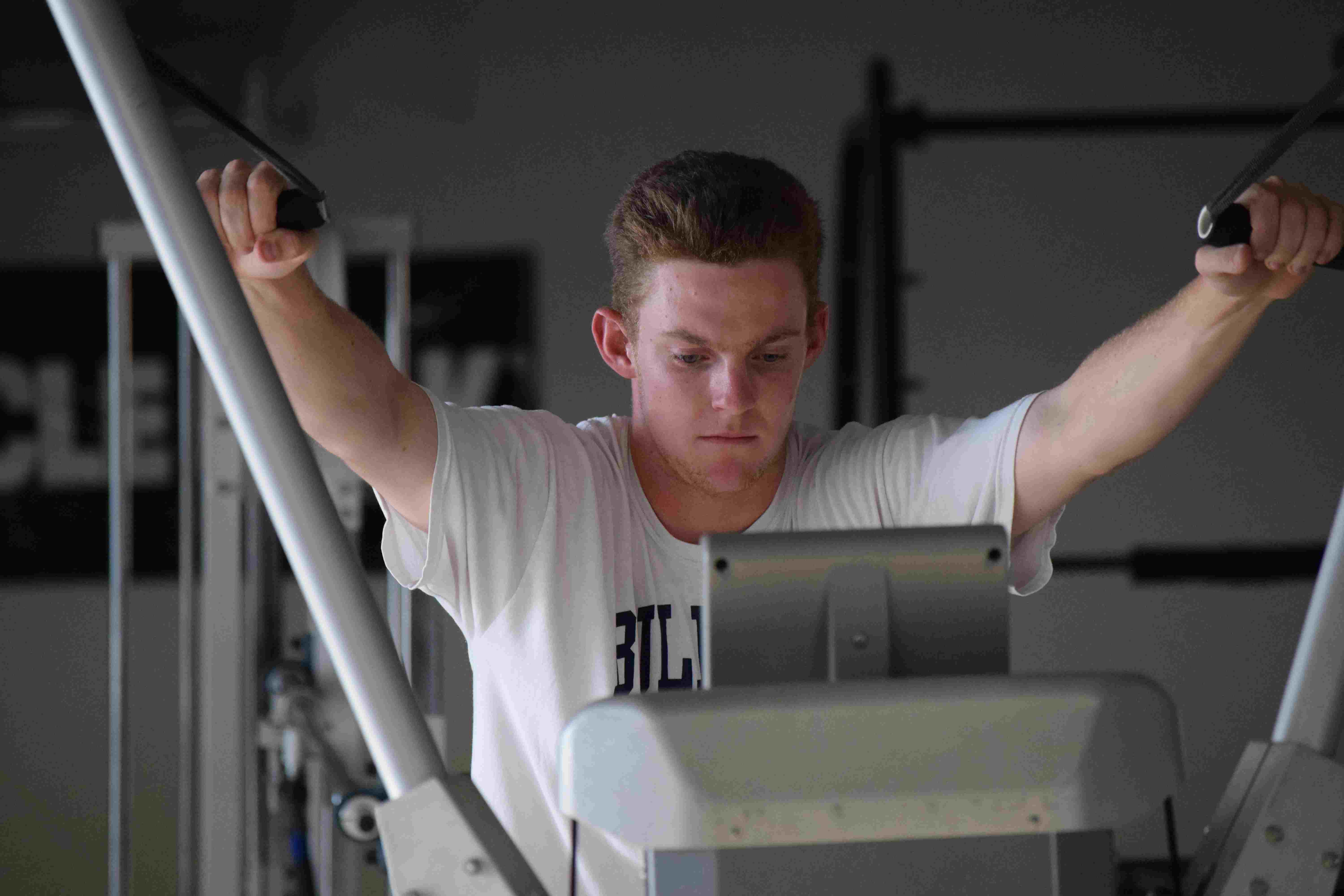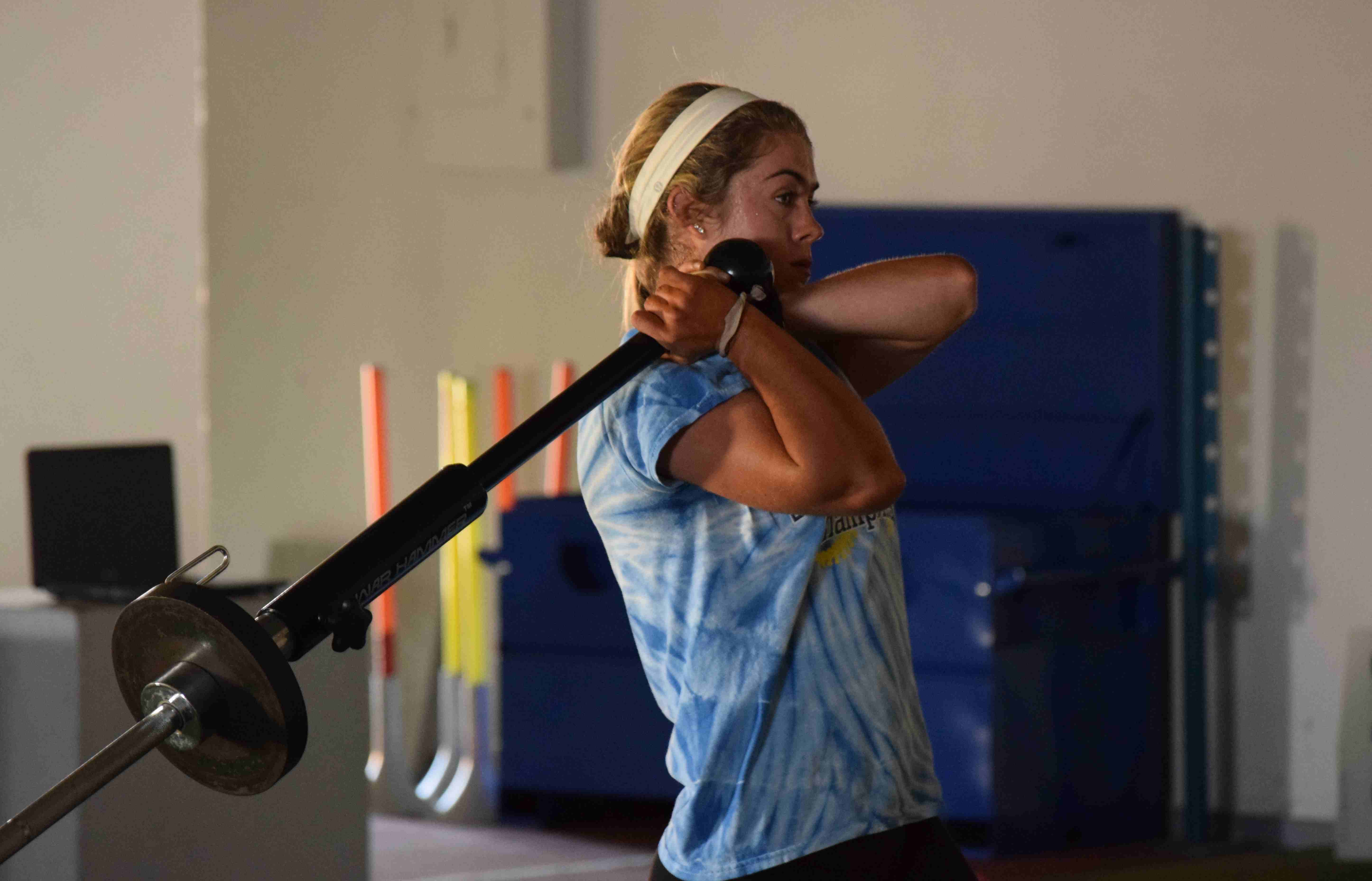
(Bret Sterrer – Alhambra High- Lewis & Clark College -Baseball/Pitcher)
Gamespeed’s College Ready Program was devised at the onset of its existence. Taking from my own experiences as an athlete and coach I saw the importance of being prepared for the transitions from middle to high school, high school to college and college to professional athletics. There is a jump at each level both physically and mentally.
Years later it seems very few have caught on to change things. Nice to know that Gamespeed athletes are not in that majority. I am always proud to post on our site and sing the praises of the GS trained athlete in college. The athletes illustrate the importance of properly”managed training” and its effect on how far you can go. Our off-season “College Ready Program” is specifically designed to keep you from being a statistic. Being good enough to get recruited is short-sighted, you want to be good enough to play. Waiting until your on campus may be too late.
A recent study in the Journal of Strength and Conditioning published a survey on the opinions of university strength and conditioning coaches and the preparedness of freshman athletes entering collegiate athletics. Below are some excerpts with my comments:
HOW PREPARED ARE COLLEGE FRESHMEN ATHLETES FOR THE RIGORS OF
COLLEGE STRENGTH AND CONDITIONING? A SURVEY OF COLLEGE
STRENGTH AND CONDITIONING COACHES
Wade, Susan; Pope, Zachary C.; Simonson, Shawn R.
There are a variety of areas identified where freshman are falling short.
…SCC (strength & conditioning coaches) stated incoming college freshman athletes lack lower extremity strength, overall flexibility, and core strength as well as proper Olympic lifting technique. SCC also stated that athletes lacked the mental
toughness to endure collegiate sport training in addition to claiming incoming athletes lacked knowledge
of correct nutrition and recovery principles. These results suggest a lack of collegiate training/sport
preparedness of high school athletes. High school strength and conditioning specialist’s goal is to produce
better athletes and doing so requires the strength and conditioning coach/trainer to have knowledge of
how to train high school athletes….
(Anaya Alexander – Las Lomas- Long Beach State Track/400m)
Social and psychological aspects can have a profound effect on readiness for athletics. An important reason to pick the right school, coaching and team environment.
…College freshman athletes also struggle with the transition from high school to college. Emotional
and psychological factors such as academics, relationships with peers, high training intensity/performance
expectations, and being away from home all put added stress on college freshman athletes (14). While
some athletes will cope with this transition positively through new, healthy friendships and fun/humor
(14), other athletes will engage in risky behaviors such as alcohol consumption, smoking, tobacco use,
and disordered eating behaviors (9, 25)….
(Avi Perteet St Marys College High – Univ Nevada Las Vegas Track/800m)
Coaches site as what I see is a lack of remedial competency in basic athletic skills, knowledge of and mental toughness for training.
…Physically, SCC perceived college freshman athletes to have inadequate strength in the core and lower
extremities and lack foundational technique in the Olympic lifts. Additionally, SSC stated freshman
athletes lack the flexibility/mobility and work capacity to complete the higher-intensity workouts college
athletes engage in. Mentally, Division I SCC believe freshman athletes lack the mental toughness to
engage in college sport training as well as insufficient knowledge of proper nutrition and recovery.
Regarding minor themes in reference to the physical and mental inadequacies incoming freshman athletes
possess, running and jumping form training and knowledge of periodization were stated as areas in need
of improvement….
(Julia Rabbit – Marin – University San Diego Softball)
Being prepared is the exception rather than the rule. I guess Gamespeed athletes can be included as the exception.
…Based on the results of this survey, incoming college freshman athletes are not adequately
prepared for the rigors of intercollegiate athletics. Acknowledging the occasional gifted or better prepared
athlete that earn a position as a freshman, according to the coaches polled here, this seems to be the
except…

(Sydney Smyth – Arizona Christian University Tennis)
The training processes and experiences Gamespeed athletes receive are in line with the recommendations put forth by the study.
Moreover, training theory posits (assume as fact) increases in performance come as a result of proper manipulation of training volume, intensity, and duration while also allowing the body time for adequate recovery and adaptation (1). Furthermore, Baechle and Earle (1) state the importance of conducting a needs analysis of the sport and the athlete(s) engaged in said sport. The needs analysis allows the strength and conditioning professional to design a training regimen around the physiological, biomechanical, and psychological requirements of the sport/athlete while adapting the program to any limitations of the athlete (1). A needs analysis of adolescent athletes would find that significant differences in physiological development exist due to growth and maturation occurring during this period. Important to the proper training of any prospective college athlete is to ensure the strength and conditioning program is properly periodized and progressed…..
 ‘
‘
(Jordan Eglyte – Alhambra High – San Francisco State baseball Pitcher)
I have a long list of athletes (some pictured above) who thankfully this study doesn’t apply. I applaud the work they have done at Gamespeed and in most instances on their own. Being in business for twenty three years the number of athletes is too many to list and I would not want leave any one off. You want a sampling, keep following on Facebook and the website. You’ll see weekly examples. Well done guys! I’m so very proud.
Journal of Strength & Conditioning April 2014
Link to the study: http://login.journals.lww.com/?wa=wsignin1.0&wtrealm=urn%3ajournals&wctx=http%3a%2f%2fjournals.lww.com%2fnsca-jscr%2fpages%2farticleviewer.aspx%3fyear%3d9000%26issue%3d00000%26article%3d97410%26type%3dAbstract



